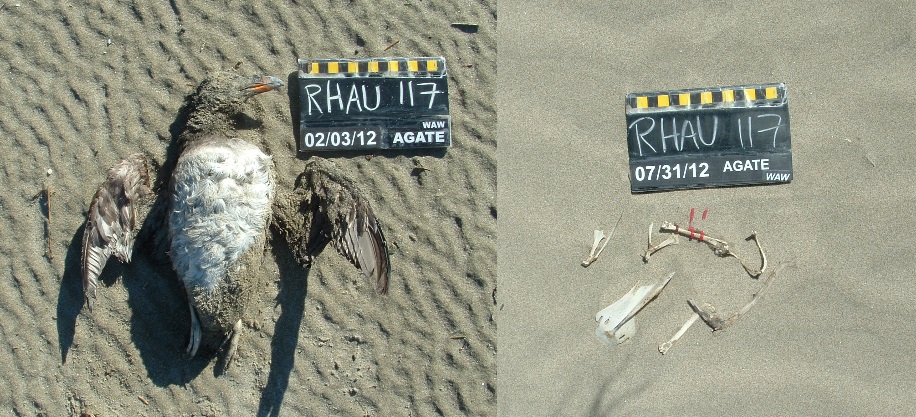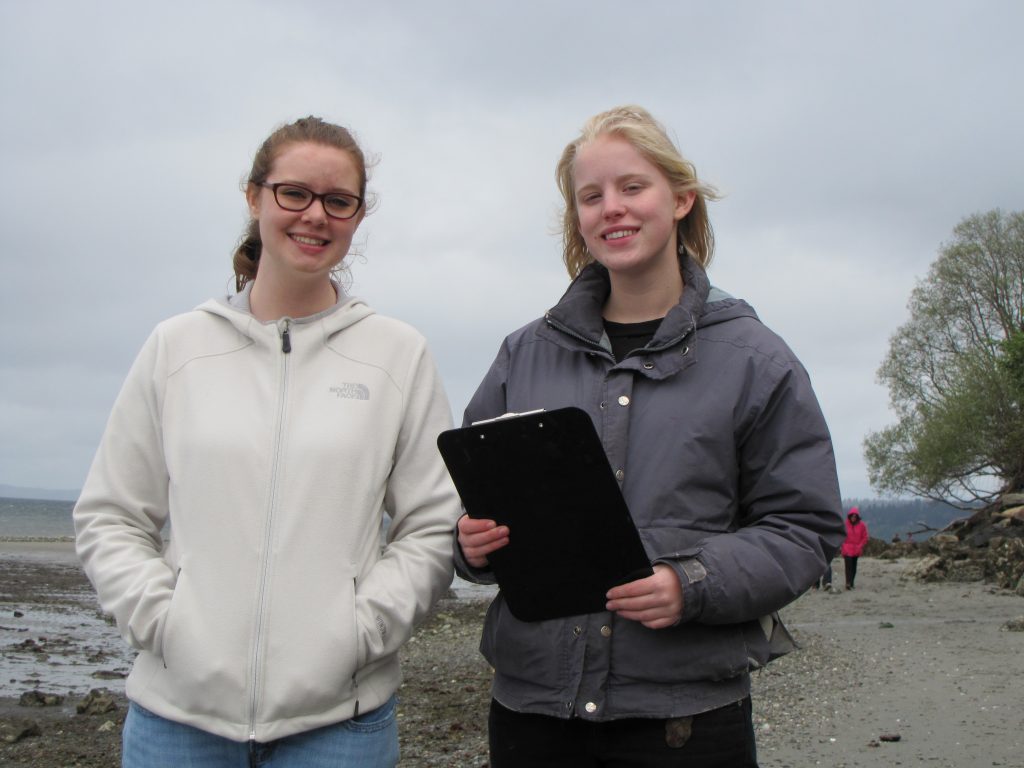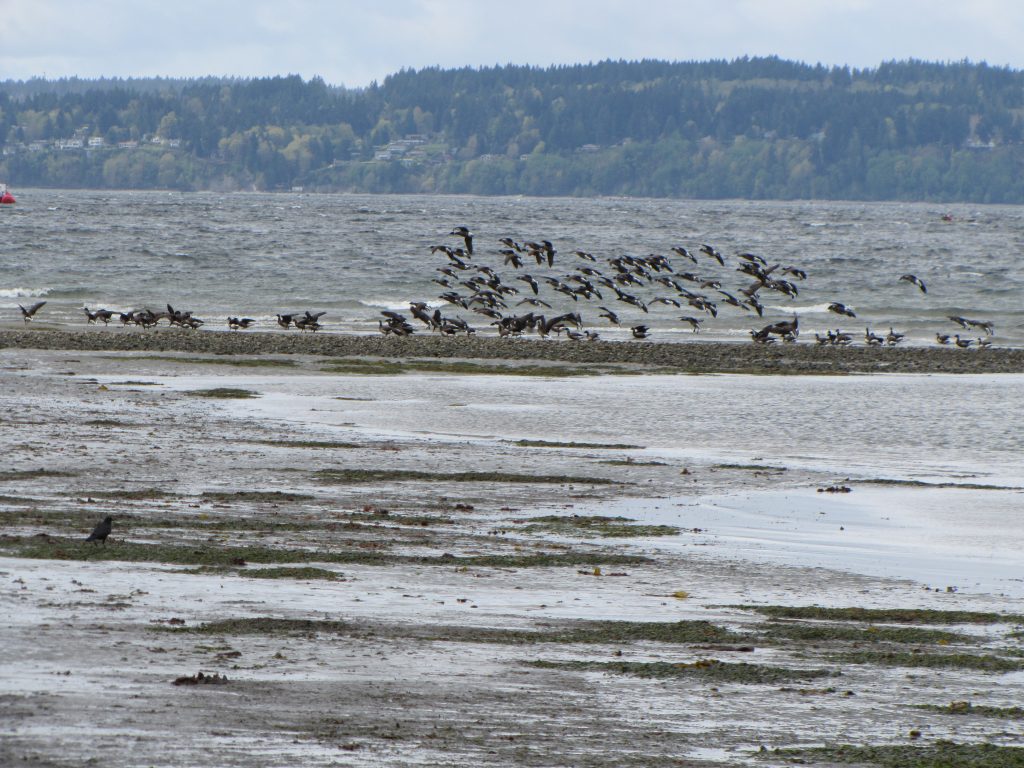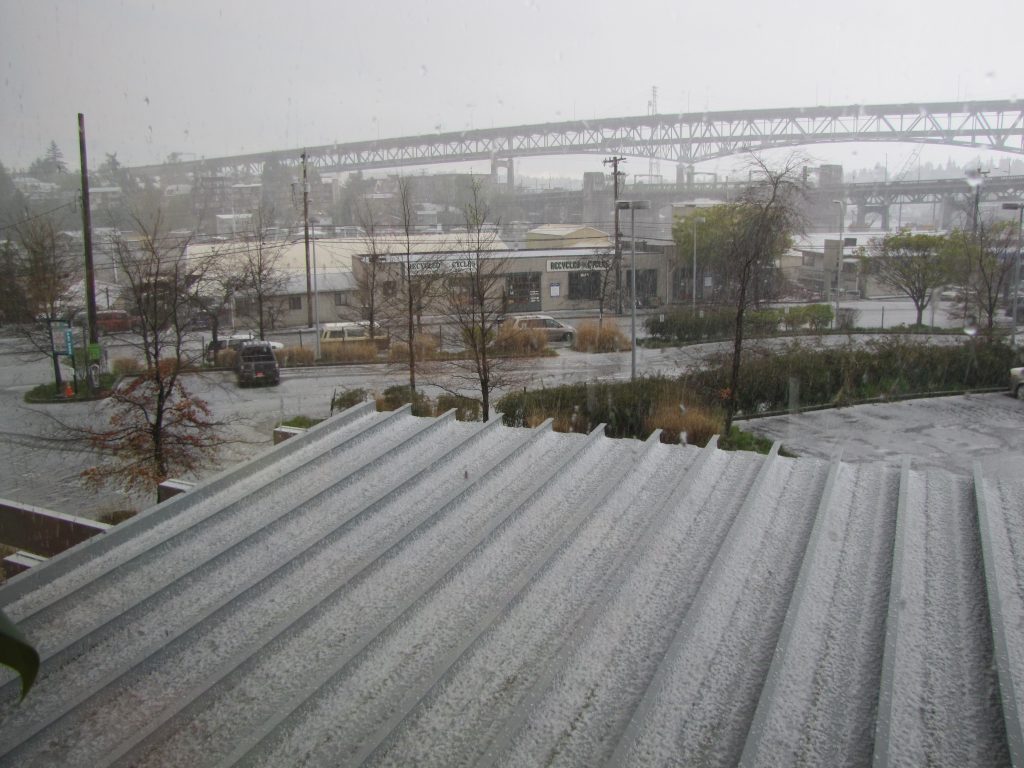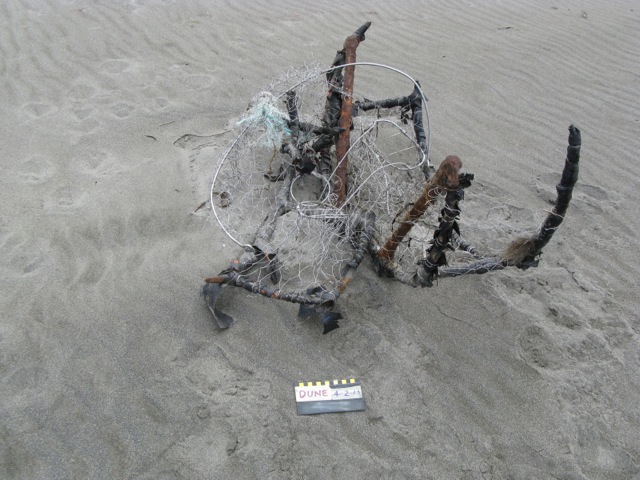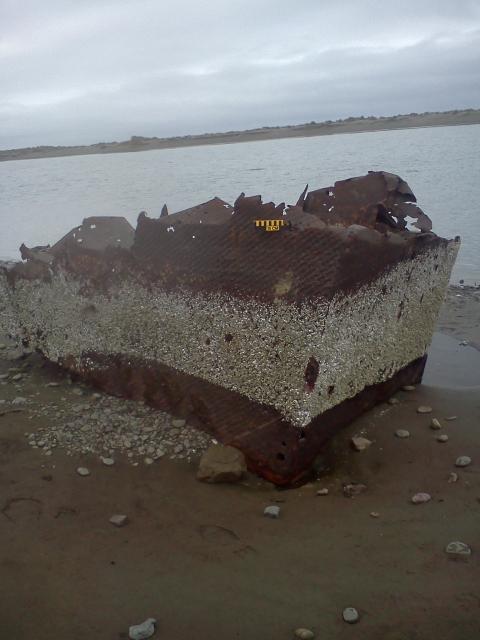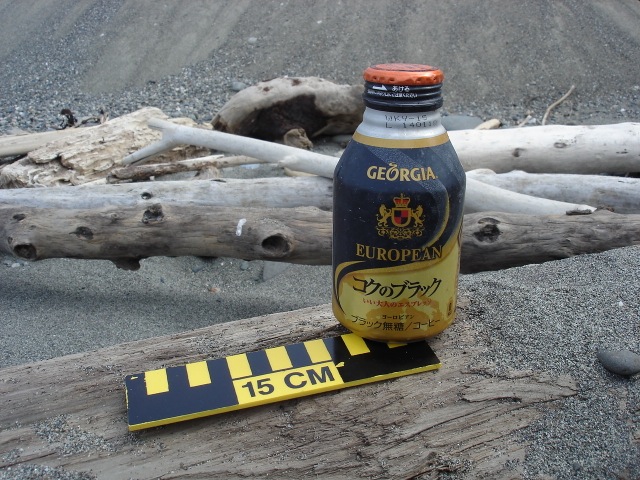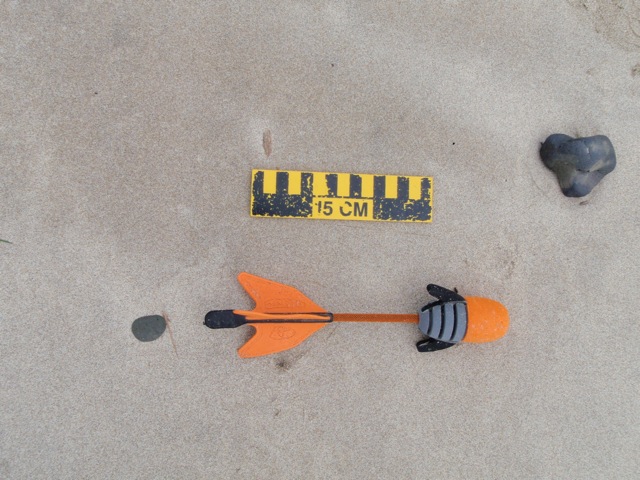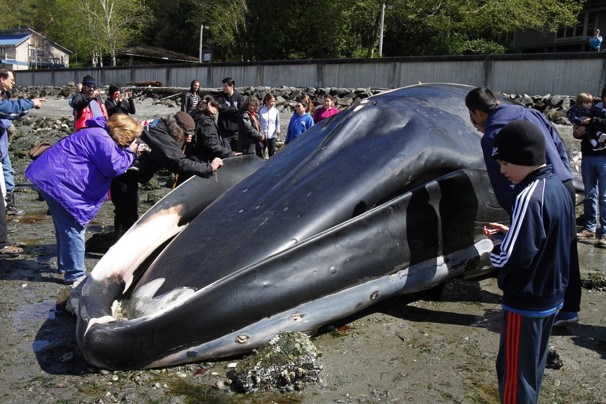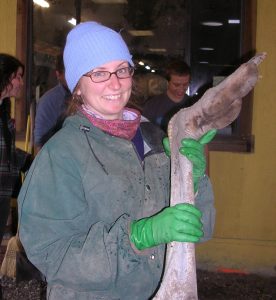COASST volunteers may think they’re the only people that pay attention to dead birds, but it turns out they’re not alone!
Recently our local NPR station, KUOW, profiled citizens collecting dead birds (with proper permit) from their backyard (and surrounds) for the Ornithology Collection at the Burke Museum. Each year, the collection receives about 500 birds from citizens (window strikes, vehicle strikes, cat kills etc). As a whole, the specimens (all 99,000 of them!) – archived as skins, outstretched wings, and tissue samples – provide a valuable resource to scientists.
Seabird scientists, too! Dr. Ann Edwards used the collection to answer, “have fisheries discards shaped the diet of Laysan Albatross?” by sampling Laysan feathers from museum specimens, current NW Hawaiian Island breeders and bycatch specimens from Hawaii and Alaska longline fisheries.
Rob Faucett, Collections Manager, helps assist a variety of outreach and education projects, in addition to research. In the creation of Beached Birds-Alaska and more recently, the Wing Key, we’ve accessed the collection to answer our own questions – can you really tell Thick-billed and Common Murres apart by wing alone (answer: no). Can you separate a storm-petrel wing from a small alcid (answer: yes, the outermost primary is more than a feather’s width shorter than the next). And after hours of pouring over these birds, we can’t resist having a little fun (see below).


